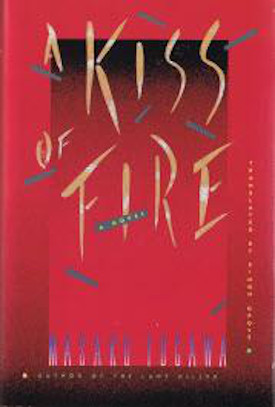
Originally published in 1984 as 火の接吻.
English translation published in 1988.
Years ago they saw a batlike creature running up the stairs of the house, breathing fire. Now, the three childhood friends, their minds feverish with the inferno they had witnessed, struggle to comprehend the series of arsons that engulf their world.
One of them is the fireman, accused of being the arsonist when his wallet and I.D. are found in the stomach of a circus lion that has died in a fire. One of them is the detective, who must figure out which of his two childhood friends is the culprit. One of them is the arsonist, pursuing his nocturnal obsession in a black sweat suit, a bag of gasoline slung around his neck, a lion among his victims.
Little do they know that a hidden hand manipulates their every action, drawing them closer and closer together and deeper and deeper into a puzzle that offers one perplexing question after another, culminating in a final stunning solution.
According to her biography on Goodreads, the author Masako Togawa wrote over thirty novels in her lifetime. Unfortunately the few English language sources I can find are not particularly forthcoming on the details of those books but I can say that just four have been translated into English and, of those, only two (The Master Key and The Lady Killer) are still in print. Early last year I wrote about Slow Fuse, the last of her books to be translated, and I commented on a short story when I reviewed Ellery Queen’s Japanese Golden Dozen so with this post I will be up to date on all of her work.
Togawa’s crime fiction, at least those stories I have been able to read in translation, falls within the broad description of psychological thriller rather than detective story. Stories may incorporate multiple perspectives as characters struggle to understand unsettling situations and work out what the significance of what they have witnessed or experienced is. These stories are as much about characters’ explorations of their understanding as they are about physical clues or suspects.
Of her four translated novels, this is probably the one which most resembles a fair play mystery – we are given plenty of information about what has taken place and the reader can correctly deduce what happened by the end of the novel. That being said, the book’s primary focus is on exploring these characters and their relationships to one another and it has more in common with Ruth Rendell and the sort of psychosexual thrillers of the eighties than Golden Age-style detective fiction.
A Kiss of Fire begins with a newspaper account of the death of an artist in a house fire. There were three young children in the house at the time who were suspected of playing with matches but while the police were suspicious that they may be responsible they were unable to find evidence proving that conclusion. Shortly after the tragedy the three would lose contact with each other and at the start of the novel we encounter them as adults, each living quite different lives but still retaining a connection to arson.
Togawa alternates perspectives between these three characters, labeling their chapters based on the role that they play: Fireman, detective and arsonist. These labels, while seemingly helpful, conceal as much as they reveal and part of the puzzle is understanding exactly how they relate to each other and why they behave in the way that they do. At times we may wonder if the characters or the narrator are being entirely truthful with us (and themselves) or whether their identities are more complicated than the labels they are given.
What unites these characters, other than their being witnesses to the death of the artist, is their interest and involvement in the case of a serial arsonist. This figure seems to operate by a series of rules, setting fires only on specific days of the month and only using some materials. Several people have died in the fires however which has prompted a police investigation which one of the three is leading. Meanwhile the firefighter is prowling the city’s streets at night, hoping to catch the guilty party in the act or to persuade residents to move flammable objects out of the arsonist’s reach. And as for the arsonist – well, they are identified but we are not told why they are doing what they do. Understanding that motivation is a very important part of this book and I am happy to say that the explanation of that motive turns out to be both thoughtful and pleasingly complex.
Though these three characters start the story in ignorance of each other’ involvement in the situation, soon their paths will cross again and events from their past will be explored in more detail. These characters are rarely likeable and their decision making is frequently poor, yet by the end of this story I felt that I understood most of the decisions that they made and why they took them.
I found the earliest chapters of the novel to be its least successful. Part of the reason is that the coldness of the character who dominates these earliest chapters – the firefighter – struck me as quite offputting. I should say that I think it is credible that someone could be as thoughtless and driven as he is but the casual manner in which, a couple of pages into the book, he blames his girlfriend for being raped when she was a teenager is pretty breathtaking and made me instantly dislike him. I will say that this does establish several aspects of his personality pretty effectively and as the narrative becomes more complex, I became less conscious of my dislike for him and more engrossed in the plot.
The other reason that I think that these early chapters are a little hard-going is that there is a great deal of coincidence in the history of these characters and the way they cross paths again. While Togawa justifies some of that coincidence, it still feels that these earliest chapters ask the reader to accept a lot. I think that by the end of the novel most of those seemingly bizarre coindences and strange behaviors make a great deal of sense in the context of the story’s solution but some may find the sudden apparent changes in characters’ behavior or sensational developments off-putting.
Perhaps my favorite of the contrivances, though it still feels quite incredible when explained, concerns the appearance of the firefighter’s wallet and ID inside the stomach of a caged lion that dies in a house fire. This is a wonderfully colorful and frankly absurd idea that the story fully embraces and explores. Its importance to the story is in pulling these characters more closely into each others’ orbits and making us question the reliability of what we have learned.
It is once these characters do cross paths and start to become aware of one another that I think this story really takes off. Part of the reason for this is that the events of the past appear much richer and more complex than the crimes taking place in the present. We are essentially dealing with memories and perceptions, colored by these characters’ very young ages at the time of the first fire. Each character has their own ideas as to what happened based on what they perceived seeing and I found the process of piecing these together to be quite fascinating.
While creating a fair play mystery is not necessarily Togawa’s focus, I would argue that the reader is given all of the information they need to work out the solution. In my own case I successfully identified the guilty party and their motivations by about halfway through the book though there are still plenty of interesting developments to come in the story after that point. The account of what happened, and the novel’s epilogue in which we are updated about the fates of the various characters, are handled exceptionally well, delivering a tight and really satisfying conclusion that is perhaps my favorite of the four Togawa novels I have read.
I should say however that in spite of my feelings about that ending I would not suggest this as your first Togawa. Instead I would recommend The Master Key which I think is a more consistent and approachable read. This is a great choice to follow that however and superior to both The Lady Killer or Slow Fuse (particularly the latter). Copies are not outrageously expensive and there seem to be quite a few copies of this in public libraries, at least according to WorldCat, so the lack of a recent reprint shouldn’t be too problematic for those seeking out a copy.
The Blurb: Though the premise of this story appears heavily reliant on coincidence, the ending is superb and satisfying.
I read and wrote about this book in response to the 14th Japanese Literature Challenge which I am participating in this year.
It also counts towards the Vintage Scattegories challenge’s Killed in Translation category as a Silver Age read.
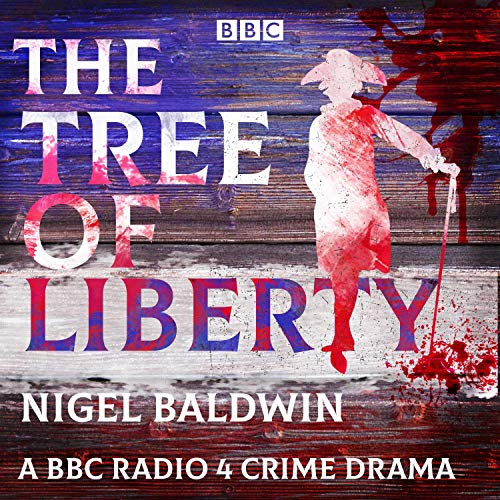
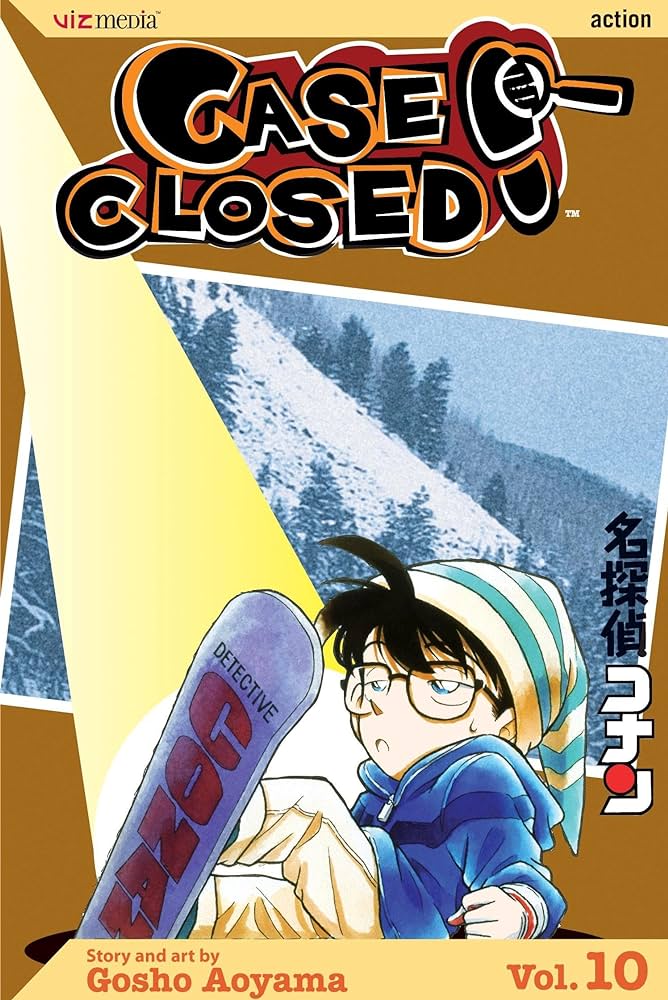
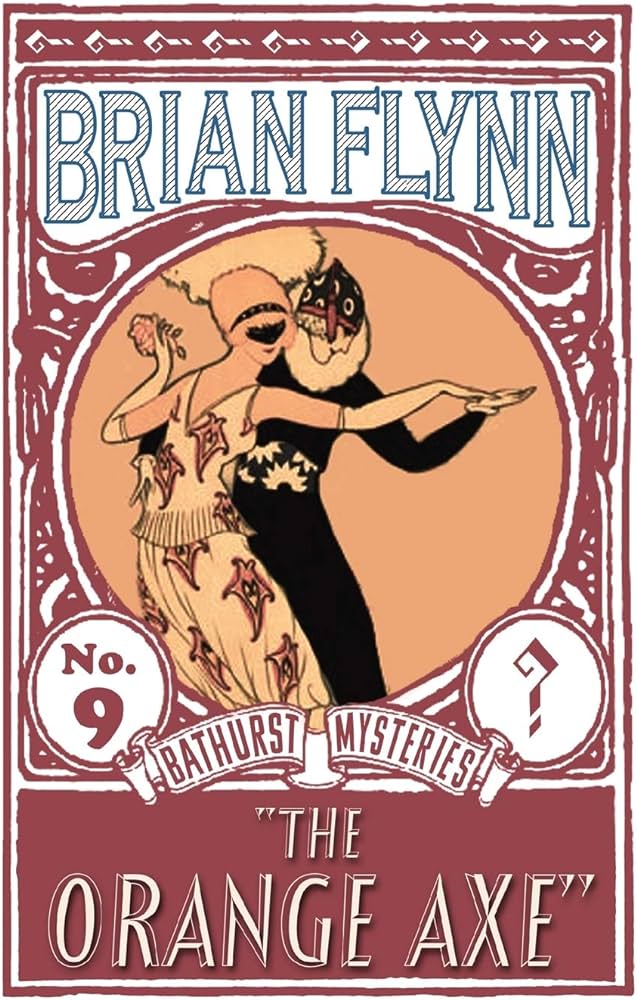
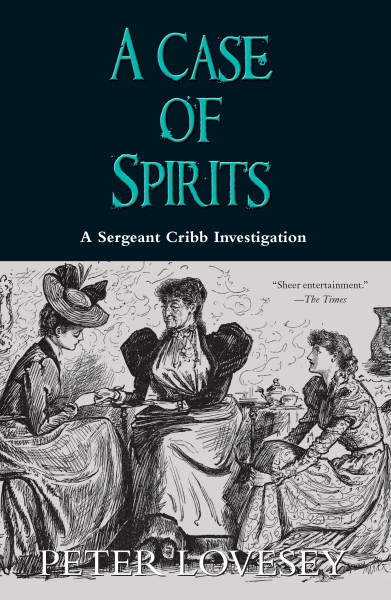
Leave a reply to Lexlingua Cancel reply